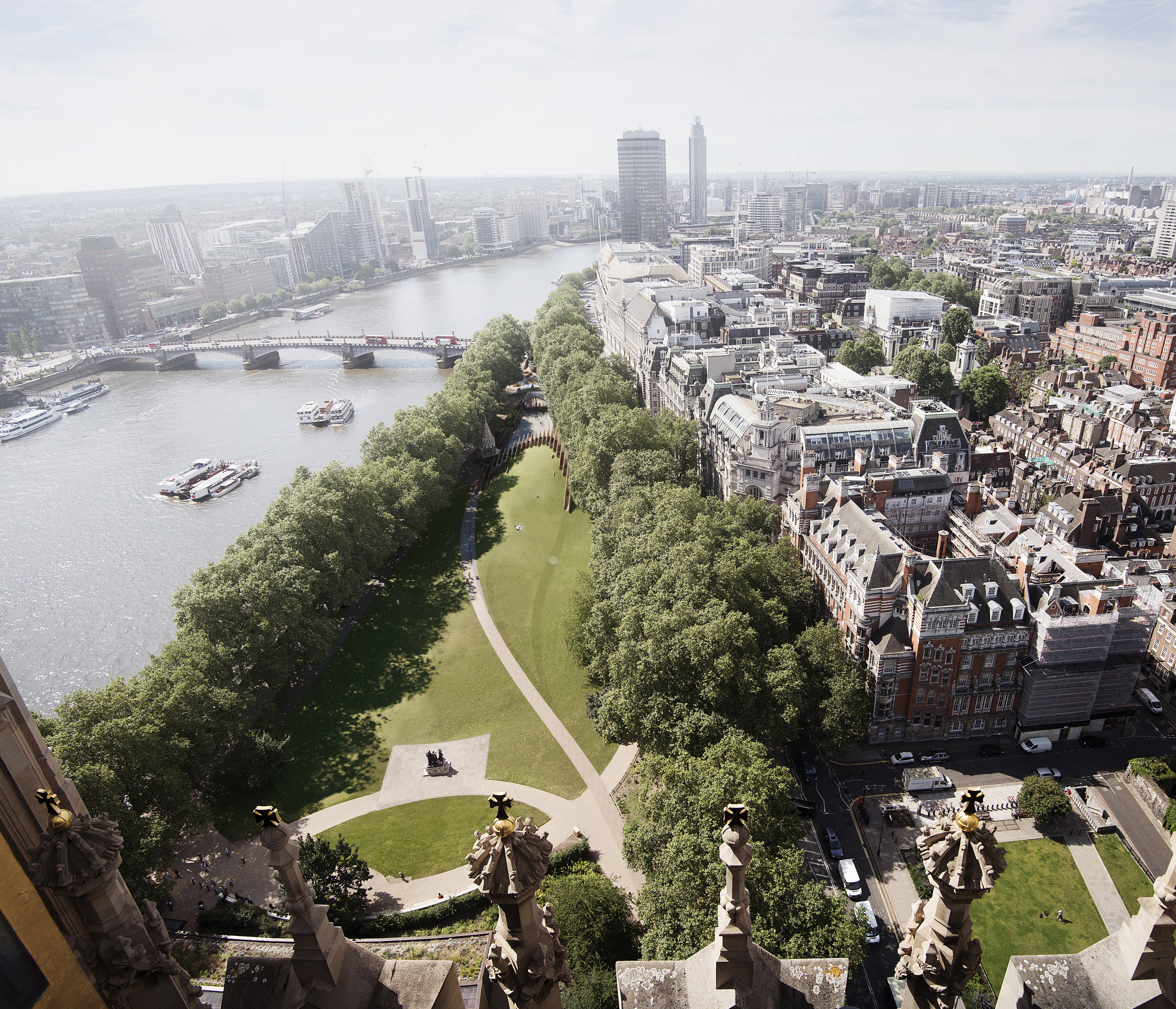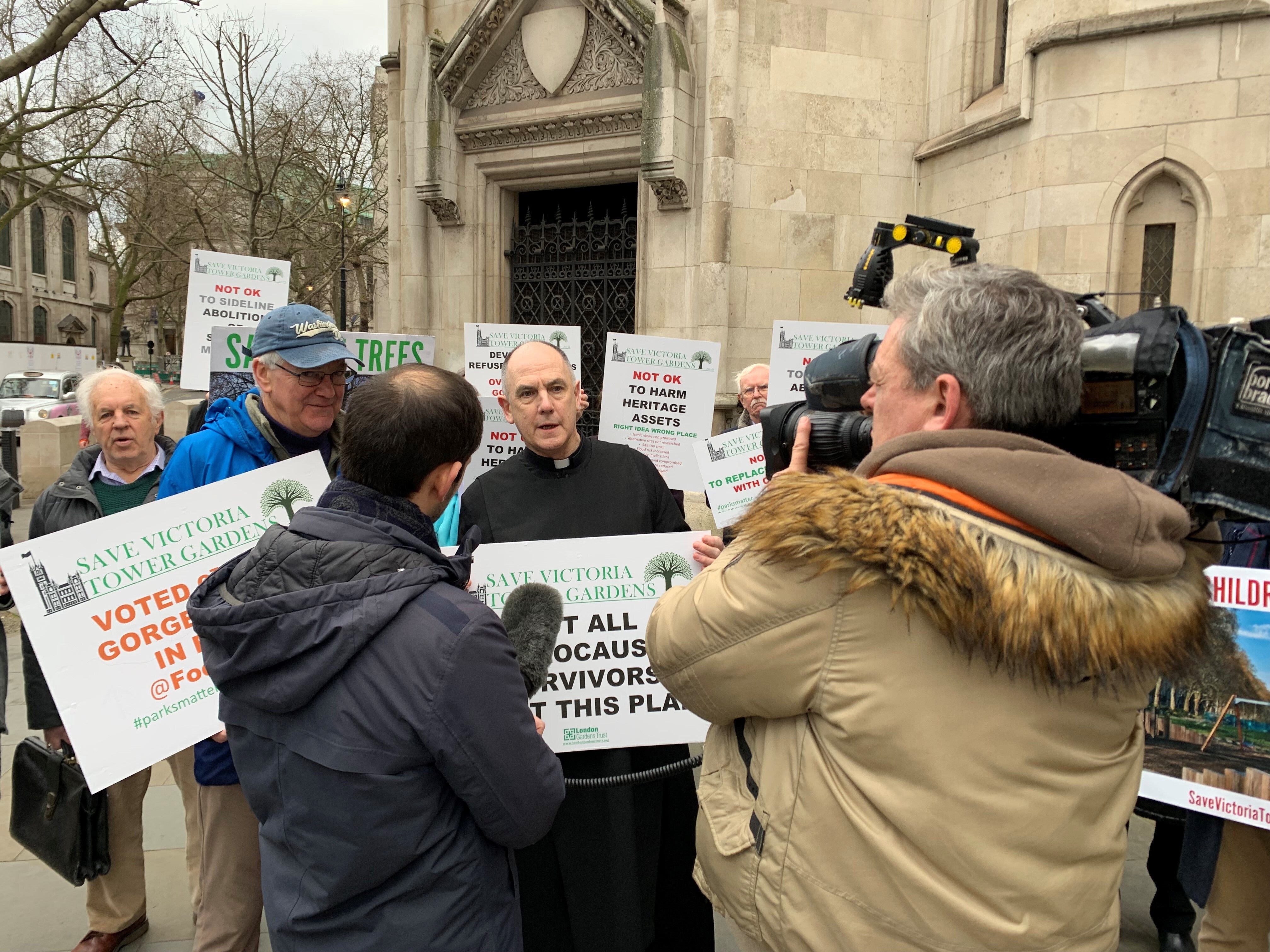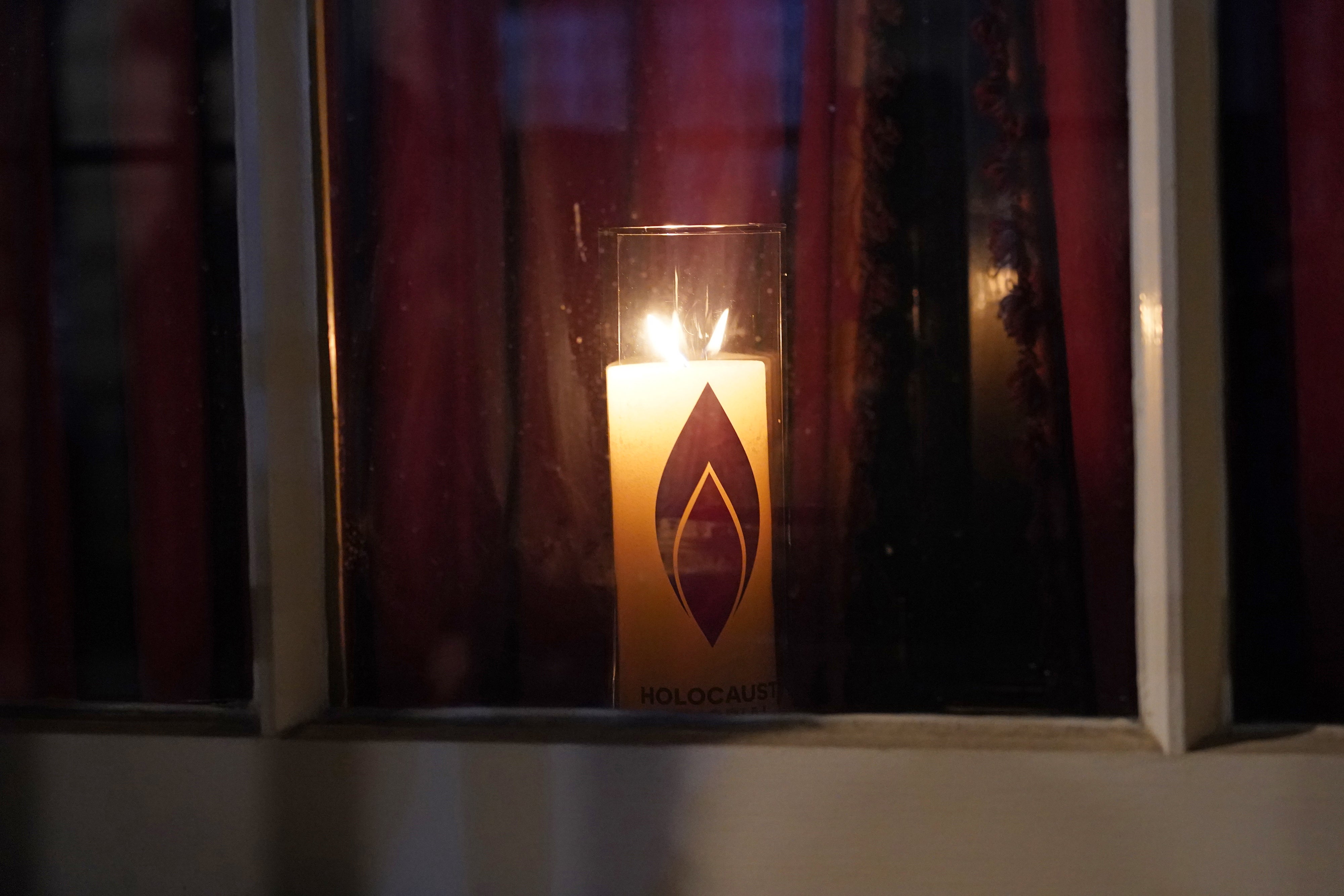
A plan to build a new national Holocaust memorial in a central London park is the “right idea, wrong place”, the High Court has been told.
The London Historic Parks and Gardens Trust is opposed to a new UK Holocaust Memorial and Learning Centre being built in Victoria Tower Gardens, a small triangular Grade II-listed park next to Westminster Abbey and the Palace of Westminster.
The charity is bringing a legal challenge over planning permission for the park site in Westminster, arguing that the decision-making process was flawed.
Its case against the Government, which is resisting the challenge, is focused on the impact the development may have on the heritage setting and the evaluation of alternative sites.

Richard Drabble QC, representing the trust, told a hearing before Mrs Justice Thornton at the Royal Courts of Justice on Tuesday that it was seeking to have the planning permission decision quashed.
He explained that in 2015 the Holocaust Commission report, “Britain’s Promise to Remember” – initiated by then-prime minister David Cameron – stated that there should be a “striking new memorial” that was “prominently located in central London”.
Mr Drabble said that the trust “welcome(s) the principle of an appropriate memorial to the horrors of the Holocaust”, but summed up its position to current plans as “right idea, wrong place”.
In written arguments, he said the park was chosen as the memorial site “despite its inherent unsuitability for development”.
“It is hard to think of a more sensitive area in terms of its cultural, historical and heritage significance,” Mr Drabble added.
He said many of the trust’s supporters “are Jewish people whose families were either forced to flee the Holocaust or who perished in it” but opposed a memorial in the park “given that the proposals represent an exceptionally serious intrusion into a green public open space of the highest heritage significance”.
Mr Drabble said the park, which sits alongside the River Thames, contained a number of listed installations, including the Burghers of Calais by French sculptor Auguste Rodin, the Buxton Memorial Fountain and the Emmeline and Christabel Pankhurst Memorial.

He argued that the “wrong legal test” was applied as to whether there was “substantial harm” to the heritage of the park, adding that if it had been correctly applied it “would have led inevitably to the conclusion that the harm to the significance of the Buxton Memorial was ‘substantial'”.
This meant it needed to be demonstrated there were “wholly exceptional” circumstances and the harm was “necessary to achieve substantial public benefits that outweighed the substantial harm”, Mr Drabble said.
The Buxton Memorial, first erected in 1865 and later moved to the park, commemorates the abolition of slavery and the work of the MP Thomas Fowell Buxton, who campaigned against slavery in parliament.
Mr Drabble also alleged in written submissions there had been an “unlawful approach” to the issue of alternative sites.
He said land surrounding the Imperial War Museum in Lambeth, south London, had previously been considered as a “viable option” by the Holocaust Memorial Commission, but a planning inspector later concluded that it “lacks a detailed scheme” and “carries clear potential constraints”.

Mr Drabble said the inspector’s position, backed by a planning minister, put a “burden on any objector” that “may well prove impracticable to discharge without providing a ‘feasible scheme’ showing how a prominent and striking memorial can be provided with less harm than at Victoria Tower Gardens”.
He claimed this was “unjustifiable given the relevance of alternative sites as a material consideration in cases involving inevitable environmental harm”.
Planning permission for the memorial was granted last July by then-planning minister Chris Pincher following a public inquiry.
Mr Drabble said the trust’s case at the inquiry took in expert evidence on “harm to heritage assets, harm to character” as well as “harm to the mature trees” surrounding the park.
Planning inspector David Morgan concluded that the centre, which will mark the atrocities committed by the Nazis against Jews and other minorities during the Second World War, should be built in the park after finding that alternative locations were not suitable.
It came after the Government “called in” the decision over the memorial proposal in November 2019 rather than have it determined by the local authority – Westminster City Council.
In written submissions, Timothy Mould QC, for the Government, said the trust’s case should be dismissed, arguing there was “no error of law”.
He said neither the inspector nor the minister had “misinterpreted or misapplied” policy in the assessment of “the degree of harm resulting from the proposed development” and did not “fail to give adequate reasons” for their conclusion that the harm caused to the Buxton Memorial would be “less than substantial”.
Mr Mould said there was “specific consideration to alternatives” for the memorial, including the Imperial War Museum, with the inspector taking a “legally and factually relevant consideration” of the weight to be given to another option.
Westminster City Council is among a number of high-profile organisations and individuals to have objected to the chosen site, including former Archbishop of Canterbury Rowan Williams.
Mr Drabble said the council told the earlier inquiry that it would have refused planning permission due the “unacceptable loss of public open space”.
Campaigners have also previously raised flooding concerns and issues around the “crowded and security-sensitive nature of the area”.
The memorial, due to open in 2024, is intended to be the focal point for national remembrance of the six million Jewish men, women and children murdered in the Holocaust and all other victims of Nazi persecution, along with providing a place for reflection on “subsequent genocides”.
It is due to feature a single storey pavilion and 23 bronze fins that will create 22 pathways into the below ground learning centre, with the Government committing to it being free “in perpetuity” when it opens.
Some £75 million of public money has already been put towards construction costs, which is due to be supplemented by £25 million from charitable donations.







